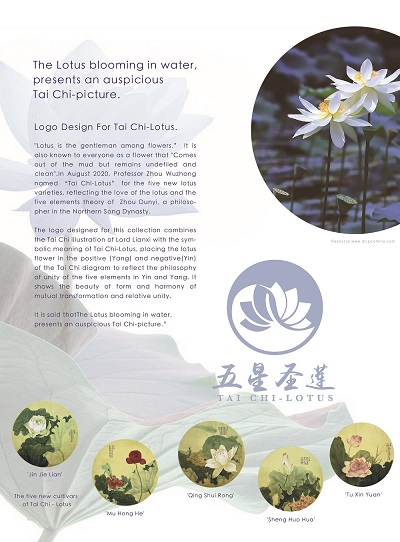



Eco-behaviour or environmentally responsible behaviour during tourism is vital to reduce the negative environmental impact of the global tourism industry. With this intention, in thehope that intervention technology such as gamification which is the use of game design elements in non-game contexts is proposed in tackling this issue. In many areas, gamification has been used as a motivational pull in achieving desired goals/behaviour. These qualities relate to the initiators of motivation; purpose, autonomy and mastery. Therefore, the capabilities of game in causing a change in human behaviour go beyond its intended purpose of fun. As people are familiar with the usage of technology, infusing gamification to improve motivation for eco-behaviour may reap favourable results. Yet there has been lacking research in the effectiveness of gamification and the model to understand the influences. For that reason, this paper presents the development of gamification for eco-behaviour model deriving from the Norm Activation Theory in predicting eco-behaviour. It also recognises the cultural background as a possible moderating variable that could influence the effect of gamification design towards the desired outcome. This paper arrived at the possible proposed model to understand how gamification design elements and cultural background might influence in fostering tourists’ motivation of eco-behaviour of the diverse multicultural Malaysia.
Longquan celadon has a long history and has been exported world widely. China and Japan has been its largest market since ancient time. The design of Longquan ware was influenced by oriental aesthetics, such as Chinese and Japanese aesthetics. Confucianism and Daoism have great impact on the design; items of Longquan celadon meets with the concept of wabi-sabi, mono no aware and ma from Japan, too.
Carbon neutrality is a major concern for the international community today, and the building industry plays a pivotal role in achieving the goal of carbon neutrality. As an international metropolis with a climate divided into hot-summer and cold-winter regions, the building energy efficiency of suburban houses in Shanghai has rarely been studied, yet the potential for energy efficiency in suburban houses is huge. In this paper, we explore the energy-saving potential of a suburban house in Shanghai by optimizing its building envelope, energy use, and operation management, and using building simulation to provide a theoretical basis for the concrete implementation of rural revitalization.
Under the contemporary process, the generalization of the digital paradigm overlaps with social relationships previously established by direct contact or analog technologies. This view is critical to explain our understanding of Smart city and much of what is understood today in much of the literature on cities and ICTs, where their utilitarian value lies not in their architectural elements or urban structure, but in the image that These elements are able to communicate. The aim of this paper is to present preliminary results about how recent academic production in Brazil has approached the Smart city theme and paradigms such as City Information Modeling and CityGML in particular, in their various fields of application.
Bamboo has been widely used in Chinese gardens as one of the most popular plant elements for thousands of years because of multiple and abundant reasons. To ancient Chinese scholars, bamboos were their spiritual friends and indispensable to their gardens. The plant arrangement example of “phoenix trees in the front, bamboos at the back” is a classic combination in ancient Chinese courtyards which reflects the oriental design connotation. Whereas in Britain, landscape gardeners show more scientific interests in bamboos and plant them in gardens mainly for their evergreen appearance and exotic ambience.